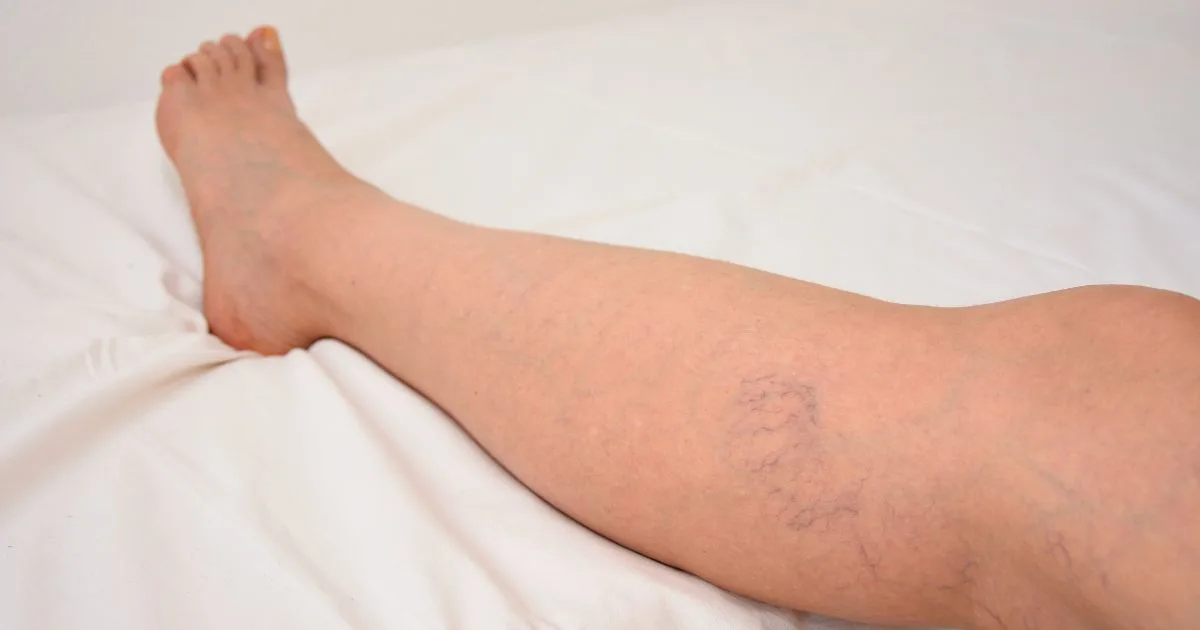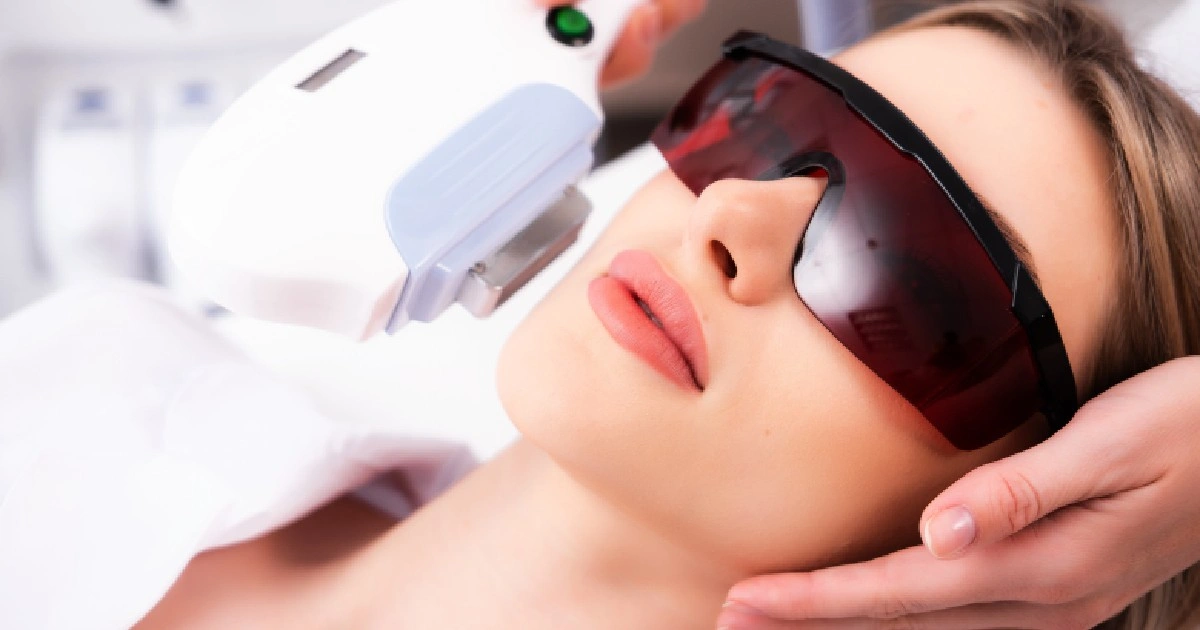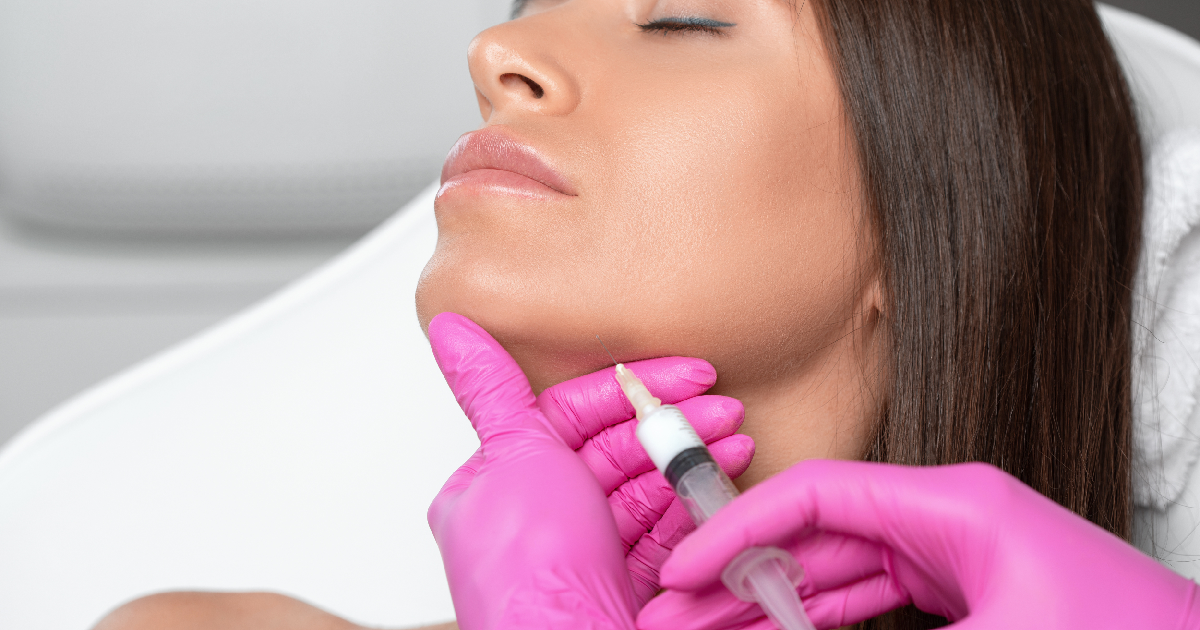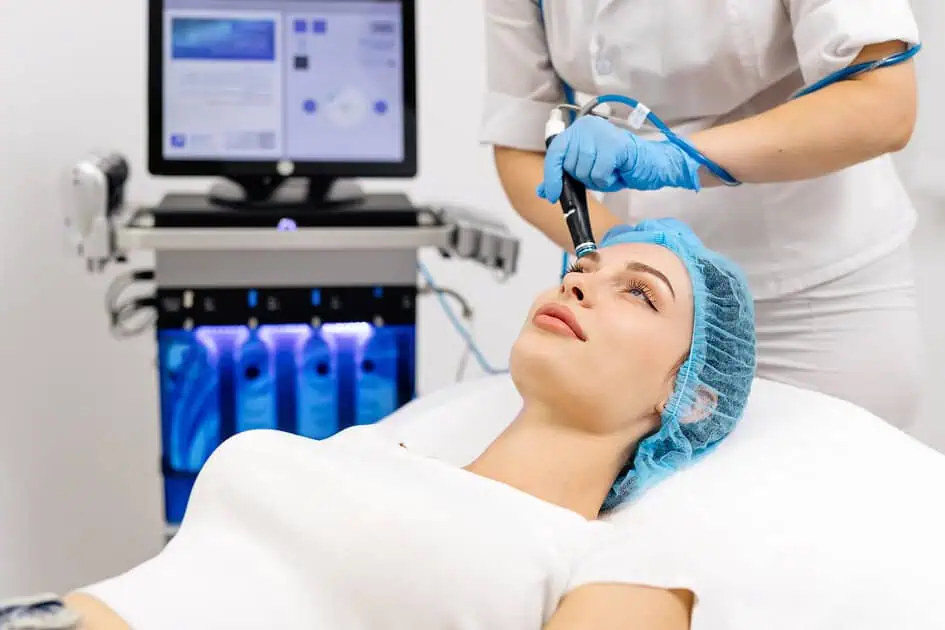
Table of Contents
Introduction
In the ever-evolving world of skincare and aesthetics, maintaining youthful and radiant skin is a goal many share. Our skin, the body’s largest organ, often bears the marks of our life experiences, including the lingering effects of sun exposure and the passage of time. Sun damage and wrinkles, while natural parts of the aging process, can sometimes leave us yearning for solutions to rejuvenate our skin and restore its youthful vibrancy.
Enter chemical peels – a remarkable and increasingly popular skincare treatment that promises to reverse the signs of aging and sun damage. These peels have garnered attention for their ability to unveil smoother, more youthful skin by addressing fine lines, wrinkles, and hyperpigmentation among other concerns. But do chemical peels truly live up to the hype, and can they help combat sun damage and wrinkles?
The purpose of this blog post is to explain the science behind chemical peels and their effectiveness in addressing these common skincare concerns. We’ll examine how chemical peels work, their benefits for sun-damaged skin and wrinkles, and what you can expect from the treatment process. Whether you’re a skincare enthusiast seeking to enhance your complexion or someone curious about the possibilities of chemical peels, read on to discover what you need to know about your skin’s health and vitality.
Let’s journey to uncover the transformative potential of chemical peels and learn how they may hold the key to restoring your skin’s youthful radiance.
Understanding Sun Damage and Wrinkles
Sun Damage: The Unwanted Souvenir of Summers
Sun damage, often called photodamage, occurs when our skin is exposed to the sun’s ultraviolet (UV) rays for a prolonged period of time. Although the sun provides us with essential vitamin D, excessive exposure can lead to a variety of skin problems:
- Hyperpigmentation: Prolonged sun exposure can lead to uneven pigmentation, causing dark spots, freckles, and melasma.
- Sunspots: Also known as solar lentigines, these brown spots appear on sun-exposed skin.
- Fine Lines and Wrinkles: UV rays break down collagen and elastin, the proteins responsible for skin’s firmness and elasticity. This results in wrinkles and lines.
The Wrinkle Culprit: Aging
Wrinkles, a telltale sign of aging, develop due to various factors, including:
- Collagen and Elastin Breakdown: Aging results in reduced production of collagen and elastin, leading to wrinkles and sagging skin.
- Facial Expressions: Dynamic wrinkles can develop over time as a result of repeated facial expressions, such as smiling or frowning.
- External Factors: Exposure to pollution and smoking can accelerate aging, contributing to premature wrinkles.
What Are Chemical Peels?
Peeling Away Imperfections
Using a chemical peel, you can improve the look and feel of your skin without undergoing any invasive procedures. They work by applying a chemical solution to the skin’s surface, which exfoliates the top layer(s) of the skin. This controlled exfoliation process helps remove damaged skin cells, stimulate collagen production, and encourage the growth of new, healthier skin growth.
Types of Chemical Peels
Chemical peels come in several types and varying levels of intensity:
- Superficial Peels: Minor skin issues can be treated by these mild peels.
- Medium Peels: These peels penetrate deeper into the skin and are effective for treating moderate sun damage and wrinkles.
- Deep Peels: Reserved for severe skin conditions, deep peels can address deep wrinkles and extensive sun damage but require more downtime.
Chemical Peels and Sun Damage
Undoing the Sun’s Handiwork
The use of chemical peels can help you reduce the appearance of sun damage. Here’s how they can help:
Exfoliation: Chemical peels remove the damaged outer layer of skin, which often contains sunspots, hyperpigmentation, and uneven texture. This exfoliation process reveals fresher, healthier skin underneath.
Hyperpigmentation Correction: Chemical peels can reduce the appearance of dark spots and uneven pigmentation by targeting melanin, the pigment responsible for skin coloration.
Chemical Peels and Wrinkles
Reversing the Clock on Wrinkles
It is also possible to reduce the appearance of wrinkles and fine lines. Here’s how they work:
Stimulating Collagen Production: By removing the top layer of skin, chemical peels stimulate collagen and elastin production, the proteins responsible for skin elasticity and firmness. This helps improve skin texture and reduce the depth of wrinkles.
The Consultation and Treatment Process
Preparing for Transformation
Chemical peels should only be performed after you schedule a consultation with a skincare professional. During this initial meeting, you can expect:
Skin Assessment: The skincare professional will assess your skin type, concerns, and the severity of sun damage or wrinkles. This evaluation will help you determine the best chemical peel for you.
Treatment Plan: Following the assessment, a personalized treatment plan will be created, outlining the recommended chemical peel type, the number of sessions required, and expected outcomes.
Side Effects: The skin care professional will discuss side effects like redness, peeling, and temporary sensitivity, ensuring you are well-prepared for the post-treatment phase.
Post-Treatment Care and Recovery
The Road to Radiance
After a chemical peel, proper post-treatment care is essential to achieving optimal results. Some essential guidelines include:
Sun Protection: Protecting your skin from further sun damage is paramount. Sunscreen should be worn daily, and prolonged sun exposure should be avoided, especially after treatment.
Hydration: Support the healing process by keeping your skin well-hydrated.
Avoid Scratching or Picking: It’s normal for your skin to peel after a chemical peel. Scratching or picking at it can lead to complications.
Follow Skincare Instructions: Adhere to the skincare routine recommended by your professional to maintain and enhance your results.
Who is an Ideal Candidate for Chemical Peels?
Is a Chemical Peel Right for You?
While chemical peels are versatile and effective, they may only suit some. Ideal candidates typically:
- Have realistic expectations about the outcome.
- Are in generally good health.
- Are non-smokers or willing to quit during the treatment process
- Are willing to follow post-treatment care instructions diligently.
Conclusion
Unlocking Your Skin’s Potential
In seeking youthful, radiant skin, chemical peels emerge as a powerful ally against sun damage and wrinkles. These treatments offer a path to smoother, rejuvenated skin by addressing the root causes of these common concerns. By exfoliating away damaged skin cells, stimulating collagen production, and targeting pigmentation issues, chemical peels can help turn back the clock, revealing a more youthful and vibrant complexion.
However, it’s important to remember that the success of any skincare treatment, including chemical peels, depends on factors like your skin type, individual concerns, and the guidance of a knowledgeable skincare professional. Getting the best results safely and effectively requires a personalized approach.
Embark on Your Skin Transformation Journey
Ready to explore the transformative potential of chemical peels for your skin? At RejuvLV Wellness & Aesthetics, our experienced team of skincare professionals is dedicated to helping you achieve your skincare goals. Schedule a consultation with our team to discuss your unique needs, and let us develop a treatment plan tailored to your skin’s needs.
But why stop at chemical peels? Whether you’re looking to enhance your beauty and well-being with advanced skincare treatments or aesthetic procedures, we offer a wide range of services.
Don’t let sun damage and wrinkles hold you back. Contact us today to start your journey to radiant, youthful skin. Your skin’s transformation journey begins here.





